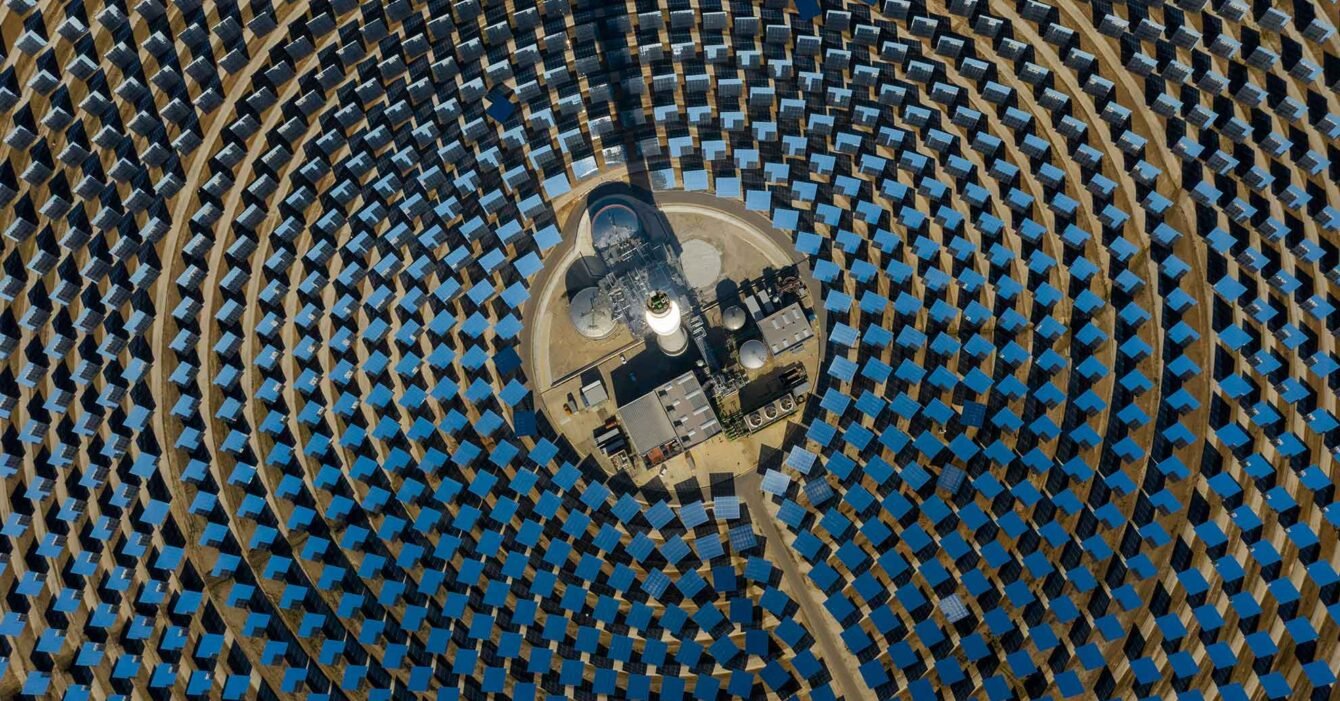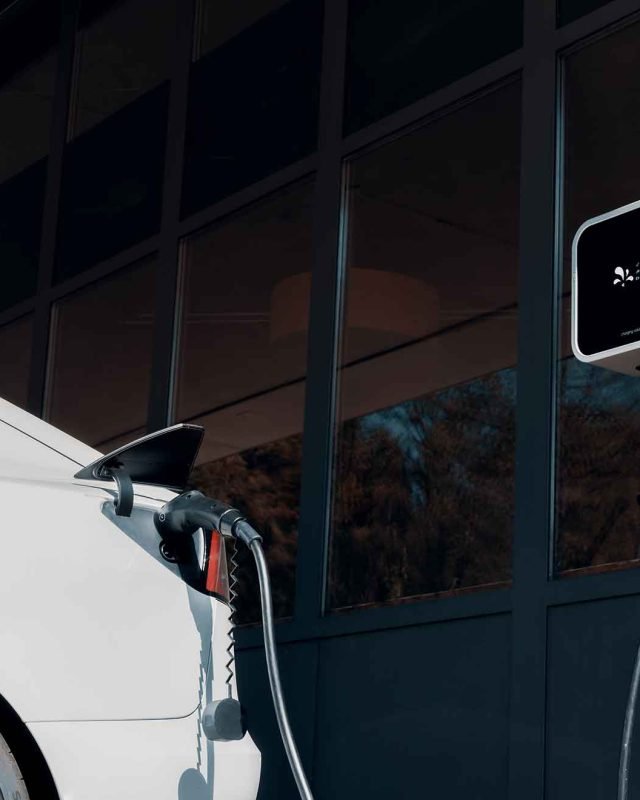In a bold pivot from its traditional oil-based economy, Saudi Arabia is emerging as a forerunner in the global transition towards renewable energy. This strategic shift, underscored by substantial investments and initiatives, is transforming the Kingdom’s energy landscape, aligning with its Vision 2030 to diversify its economy and reduce its carbon footprint. The rise of renewable energy initiatives within the Saudi energy sector marks a pivotal change, offering insights into the Kingdom’s ambitions to become a global leader in sustainable energy. This article explores the key components and implications of this transformative journey.
Strategic Vision and Commitments
At the heart of Saudi Arabia’s renewable energy push is Vision 2030, a comprehensive plan that outlines the Kingdom’s ambitious goals for economic diversification and sustainability. Integral to this vision is the Saudi Green Initiative, which sets forth bold targets for renewable energy production, aiming to generate 50% of the country’s energy from renewable sources by 2030. These commitments reflect a profound strategic shift in the Saudi energy sector, pivoting from its oil-rich heritage to embrace a sustainable future.
Investments in Solar and Wind Power
Saudi Arabia’s renewable energy strategy is heavily weighted towards harnessing its abundant natural resources, particularly solar and wind power. The Kingdom boasts one of the world’s highest solar irradiance levels, making it an ideal location for solar energy projects. Significant investments have been made in developing large-scale solar parks, such as the Sakaka PV project, Saudi Arabia’s first utility-scale solar power plant. Wind energy is also gaining traction, with the construction of the Dumat Al Jandal wind farm, which will be the largest in the Middle East upon completion. These projects underscore Saudi Arabia’s commitment to leveraging renewable resources to meet its energy needs.
Green Hydrogen: A Future Energy Source
Saudi Arabia is positioning itself as a leader in the emerging green hydrogen market, recognizing its potential as a clean, sustainable energy source. The NEOM city project, a $500 billion mega-city initiative, includes plans for a green hydrogen plant, set to be one of the world’s largest upon completion. This venture, a collaboration between ACWA Power, Air Products, and NEOM, highlights the Kingdom’s forward-looking approach to renewable energy and its potential role in the global green hydrogen economy.
Enhancing Energy Efficiency and Reducing Carbon Emissions
Complementing its renewable energy initiatives, Saudi Arabia is implementing measures to enhance energy efficiency and reduce carbon emissions across various sectors. Programs aimed at improving residential and commercial energy use, increasing fuel efficiency in transportation, and reducing flaring in oil production are part of the broader strategy to achieve sustainability and environmental goals. These efforts are crucial for mitigating the environmental impact of the Kingdom’s energy sector and contributing to global climate change initiatives.
Conclusion
The rise of renewable energy initiatives in Saudi Arabia’s energy sector is a testament to the Kingdom’s commitment to sustainability and economic diversification. By investing in solar and wind power, exploring the potential of green hydrogen, and implementing energy efficiency measures, Saudi Arabia is setting a global benchmark for the transition to renewable energy. These initiatives not only redefine the Saudi energy landscape but also contribute to the global effort to combat climate change, signaling a new era for the Kingdom as a leader in sustainable energy development.




